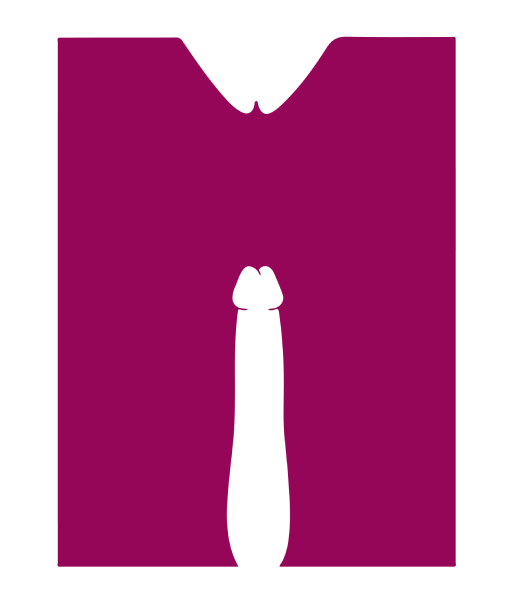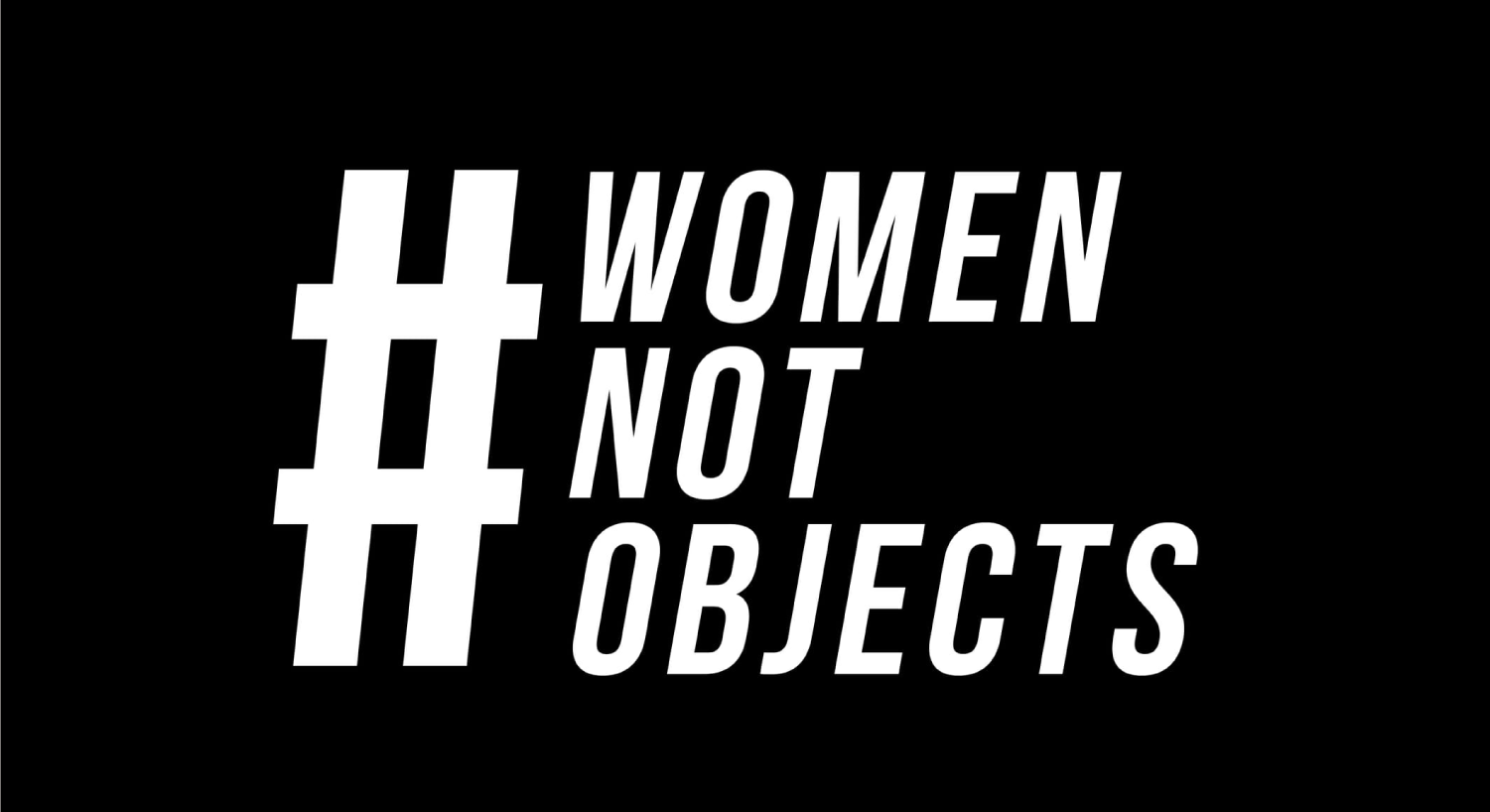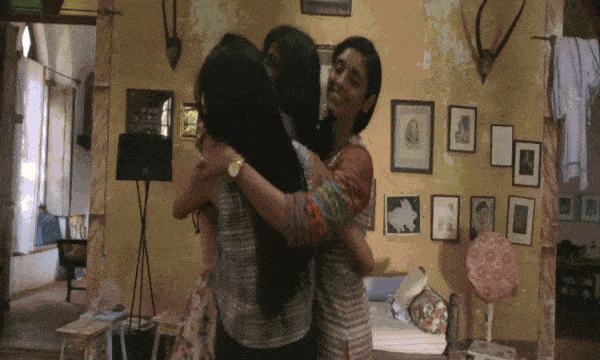Basanti, inn kutton ke saamne sexualise mat hona!
Sexualisation of women in Bollywood
-Navya Sriram
Nahin Nahin,
Abhi Nahin
Thoda Karo Intezaar;
Nahin Nahin,
Kabhi Nahin
Main hoon bekarar!
(No no,
Not now,
Wait a little while longer;
No no,
Absolutely not
I’m too excited!)
While the film Jawani Diwani happily counted the money it made off of this song, it
conveniently did not realise that it had simply played into the hands of the Bollywood industry’s
long standing role in acting as fodder to India’s already very problematic culture of objectifying
women, trivialising consent and refusal to acknowledge a woman’s own desire or lust. That
emotion is only valid for a cis-het man to show towards a cis-het woman in a not necessarily
consensual interaction.
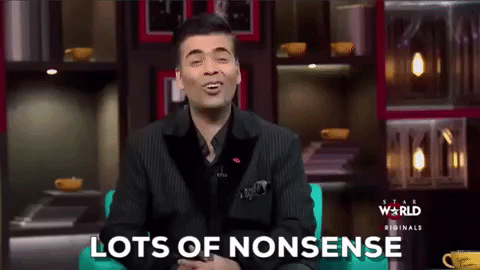
While some may think it to be trivial and argue, “Can you really blame the film industry for
that?”,the answer is, as much as I would like to deny it, yes. A 32-year-old Indian man in
Australia, accused of stalking two women, has escaped conviction after a court considered that
he had been wrongly influenced by Bollywood movies, prudently pointed out by former media
and content creator, the giants behind the comedy scene in India, All India Bakchod, or AIB.
Of course, it might be a one-off case, but the truth millions of Indian girls and women will tell
you is that they face similar scenarios on a daily basis. Bollywood, being The Guide to any kind
of romance, has shown young men that the best way to get a girl is to stalk, threaten and coerce
them into falling in love with you. This essentially gives any man on the street a free pass to
lech, leer, ogle and follow you around, all in the name of “love”.

Apart from providing fuel to catcallers and stalkers, Bollywood has also contributed to
rape culture in India.
Rape culture is a sociological concept, which describes a culture in which rape is normalised,
due to that societies attitudes towards gender and sexuality. It is an extremely real and serious
problem in India, the most unsafe country for women, a place where marital rape is not
considered a crime and, domestic violence rates are frighteningly high.
The most obvious way Bollywood does this, is by forgetting a very important concept: consent.


“Yeh uska style hoinga, hoton pe na dil pe haan hoinga”
“Tu haan kar, ya na kar, tu hai meri Kiran”
“Kyun ’No-Vacancy’ ki, hothon pe gaali hai, jabki tere dil ka, kamra toh khaali hai”
“Jo bhi main kahoon, tujhe lagta hai kyun galat, palat”
Women are treated as objects, without the power or right to consent to any interaction. Movies
depict problematic scenes in which if the female does have the sense to say no, she is shamed for
and told that she should not be so proud, or Indian cinema’s all time favourite: she must
compromise.
When women aren’t given enough respect on screen, that directly translates to what women have
to face on a daily basis off-screen. The first few questions a woman is asked after a sexual
harassment episode are usually “what were you wearing?”, “did you say something?”, “did you
do something provocative?” which basically translates to, you HAD to have brought this on
yourself, they COULD NOT have violated you out of their own volition.
Another troubling theme is the classic “damsel in distress” plot point, which only contributes to
the misogynistic catchphrases that are celebrated as timeless dialogues. From Kabir Singh
pouncing on any living being who comes a centimetre near his female counterpart to the worn
out “Bachaao!” shriek that leads to the run down man-saves-woman-and-she-is-indebted scene, it
has promoted a toxic culture where a man always has to rush to the rescue of a woman being
exploited for her “honour”.

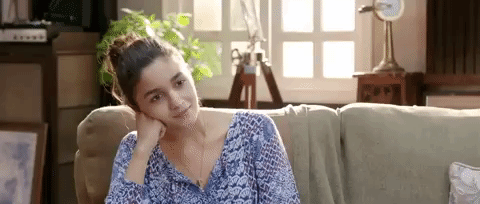
Let’s not even get started on the double standards in these movies.
Bollywood has a dearth of powerful women who are proud of their sexuality and display it with
that much pride. This is ironic, because being a womanizer and sexual offender is somehow the
running theme of the heroes portrayed in movies. Ranveer Singh’s character in Ladies v/s Ricky
Bahl is, to put it plainly, a gold digger, but is of course christened the playboy, or casanova.
While the portrayal of a girl who’s had many relationships, romantic or casual, is without
exception are always “jhalli”, “badtameez” and more.
Infact, female characters who do play roles that empower them sexually almost always are
portrayed in a negative light. Scratch that, female characters who play the bubbly, empowered
and too self respecting to dress/behave/talk the way society wants are portrayed in a negative
light, until they meet the man and change their entire appearance, nature, manner and personality
to what suits him, and of course he falls head over heels with her. Sorry, I meant her demure,
non-threatening and ego-stroking nature. Case in point: Main Hoon Na, 2004: Sanju, played by
Amrita Rao, a carefree and spirited girl who had beachy waves and dressed exactly how she
wanted, is called “jhalli” by the man she loves, and so transforms herself into the beautiful
damsel, saree, straight hair, high heels and all. Surprise, surprise, he falls for her.

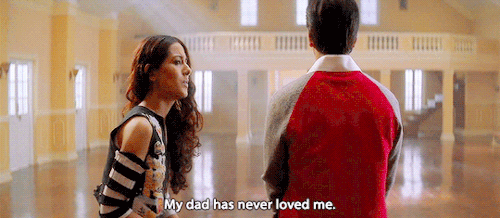
The narrative of a woman being empowered, when turned into something only for a male gaze, is
not celebrating her sexuality but sexualising her. There is a lack of female-centric sex positive
movies in Bollywood, and telling women that they do not own their body, and should be
ashamed of themselves and maintain their “honour”, is cliche, and simply wrong.
What we truly need Bollywood to do is to make more films with diverse female protagonists, of
different sexualities, colour, shape, religion, caste and more. Too long young women have beaten
themselves up about how they look.Too long we have been taught that our consent is not valid
and our desires are not acknowledged. We need more and more organizations to talk about
consensual sex, female sexuality, and encourage women to celebrate themselves in all their glory.
Luckily, things are slowly changing. More and more directors and producers are making female
centric films that address important issues without glossing over some very hard truths. For
example, Lipstick Under My Burkha has 4 female protagonists who have different stories, and
are all shamed for being women, but find solace in embracing womanhood. It follows them as
they go through life and is refreshingly normal and empowering. Yet, the movie ends on a
heartbreaking but realistic note, where they are all berated for owning their womanhood. More
movies, like Angry Indian Goddesses, Thappad and Pink talk about similar issues and are
excellent portrayals of life as a woman in India. They have all had very positive impacts on
Indian society and have encouraged conversations about sexual harassment and empowering the
female sexuality.

We, at Manzuri, are convinced that the only way we can overcome the toxicity of how the female
body is portrayed in movies, is to set the ball rolling on more such conversations regarding
sexual health and well being. No matter how uncomfortable it may seem at first, women
respecting, loving and exploring their bodies for what they are, is the most powerful form of
affirmation. We seek to show, display and encourage that very idea, because as we stand now,
self respect, love and to know that you are damn well in control of your body and mind is the
biggest weapon we wield against patriarchy.
